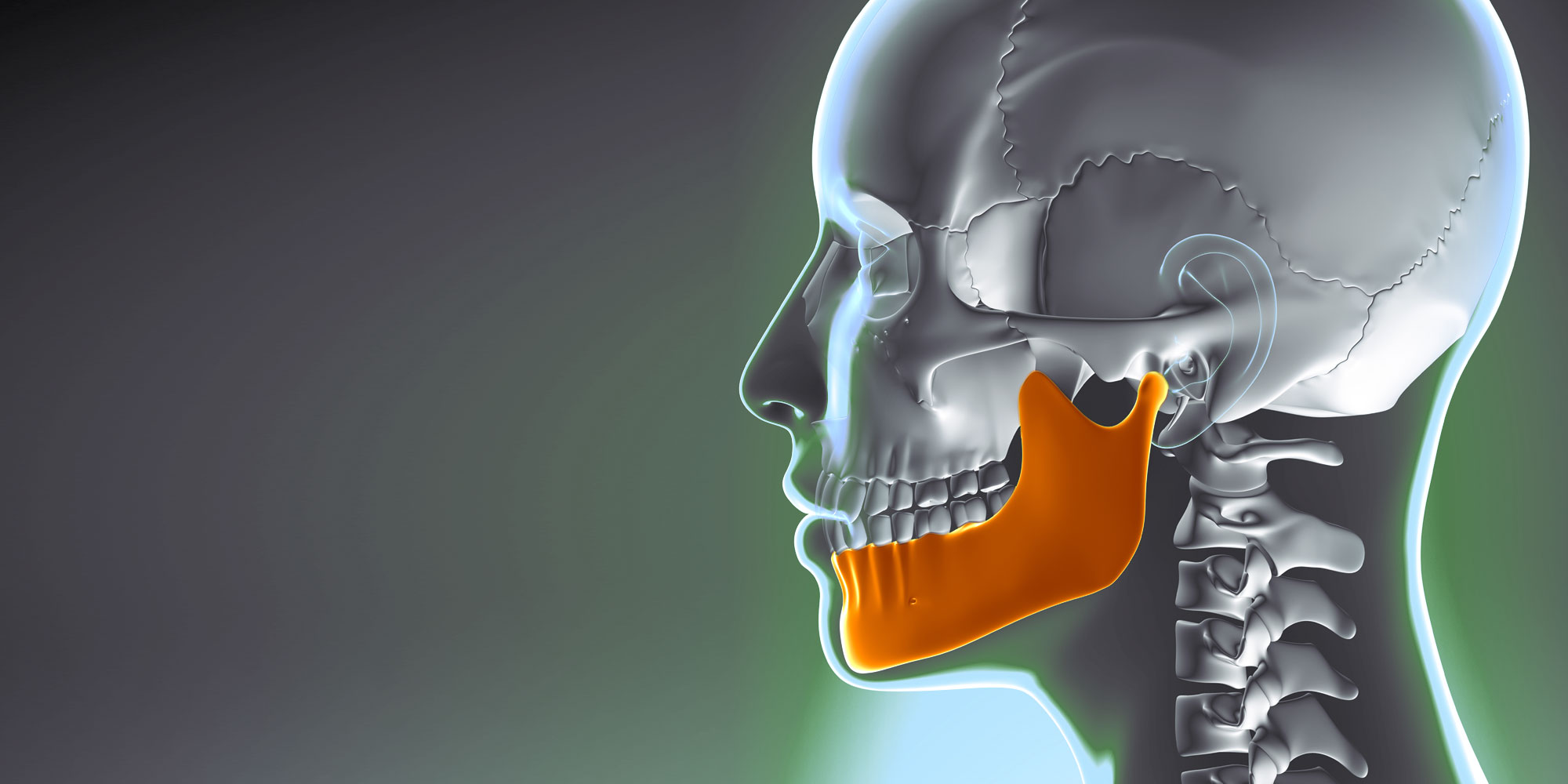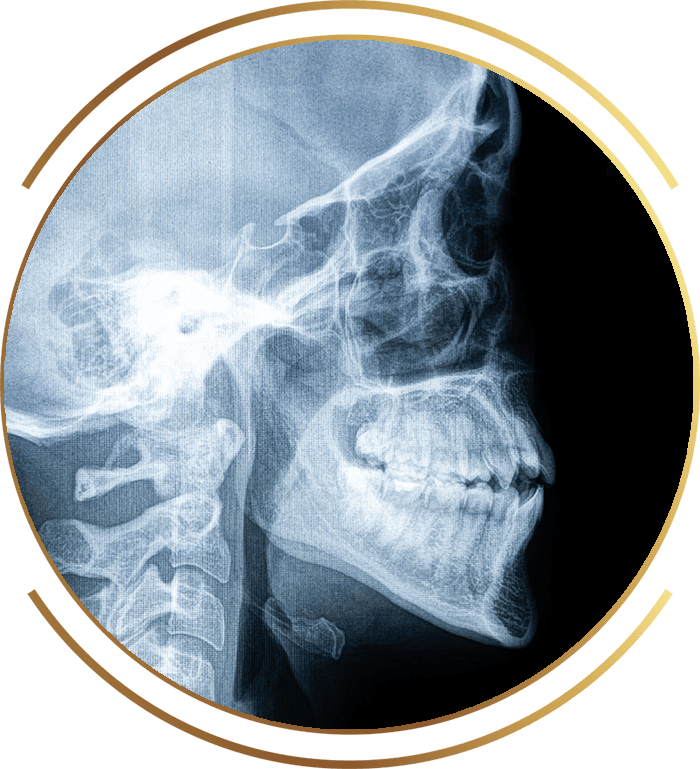
Living with severe jaw issues can significantly impact your daily life. Simple activities like eating and speaking become challenging and painful. You may experience persistent jaw and joint discomfort, tight or sore facial muscles, and frequent headaches, all of which can diminish your overall well-being. The relieving news is that corrective jaw surgery in Houston, TX, can frequently solve your chronic and sometimes complex functional and cosmetic issues. If your jaw pain keeps you from living a comfortable, functional, and confident life, it may be time to meet with an oral surgeon.
Oral and maxillofacial surgeons have spent years of additional education and residency experience outside of dental school to specialize in procedures like corrective jaw surgery or orthognathic surgery. Having achieved the highest level of surgical training in the dental field, they are the only dental specialists qualified to offer this treatment. Our oral surgeon at Lighthouse Oral & Maxillofacial Surgery has years of experience completing these surgeries using minimally invasive techniques and innovative technologies to ensure predictable and lasting results. With such extensive training and wide-reaching clinical experience, rarely do any of our patients have conditions that fall out of the scope of our expertise. You’ll be in skilled hands by seeking treatment with our trusted surgical team in Houston, TX.

In many cases of corrective jaw surgery, the problems you’re experiencing are a result of jaws that are not properly aligned. This is what causes chronic jaw pain, TMJ problems, misaligned teeth, and other significant problems. Our jaw surgery aims to bring alignment back to your jaws and, thus, your life. This is accomplished by moving the lower jaw forward or backward. In some cases, repositioning the upper jaw is required as well.
This can generally be accomplished in a single surgery you can receive in our Houston, TX office under general anesthesia. Once the jaw(s) is appropriately aligned and balanced, your mouth can function comfortably and efficiently, with teeth that now come together correctly. For many of our patients, corrective jaw surgery is life-changing, allowing them to finally enjoy life free from chronic jaw pain, TMJ problems, bite issues, and aesthetic concerns!
